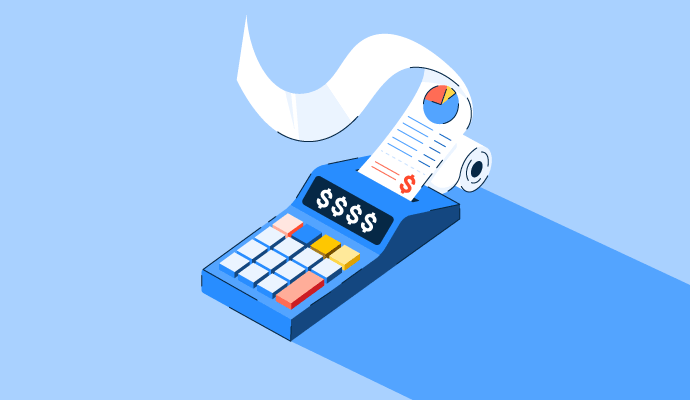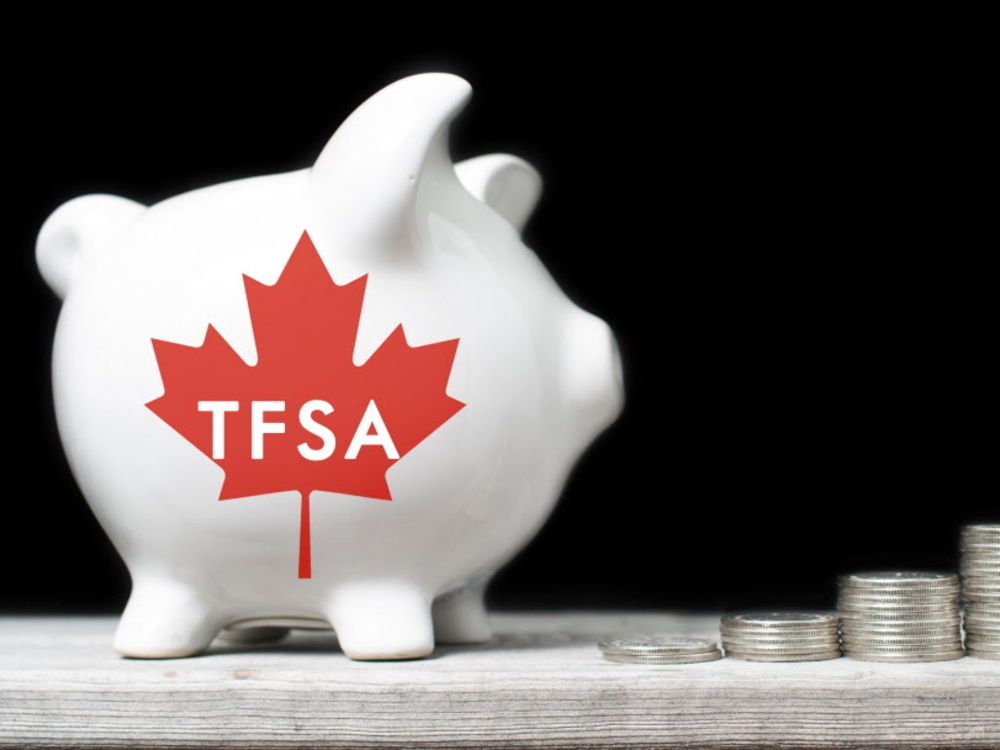Pricing catering services can feel a bit like navigating a buffet line—you’ve got endless options, but you can’t overload your plate without paying for it later. Every event is different, and so are the people who host them. A corporate client won’t have the same needs as a couple planning their wedding, and your pricing should reflect that. You want to give your ideal clients the service they deserve while reaching your business’s profitability goals.
This guide will walk you through how to price your catering services for different client types, from the cost-conscious family reunion host to the high-rolling corporate executive. We’ll explore everything from bar costs to premium wedding packages, so you can confidently create a pricing structure that works for you and your clients. Let’s dig in—without overloading our plates, of course.
Understand Your Base Costs
Before you set your pricing structure, it’s essential to understand your base costs. These are the fundamental expenses required to deliver your catering services, and they ensure that your pricing covers your operational needs and provides a profit.
Start by calculating your food costs. What will your ingredients cost? What about supplies for each dish? Forks, knives, and napkins all need to be accounted for when you are trying to figure out how much it costs you to serve food.
Next, factor in your labor costs. If you are working alone (which hopefully you’re not) this is what you would pay yourself. But, most likely you are going to need help if you want to successfully cater an event. This means that you will have to pay chefs, servers, and any additional staff required for setup, service, or breakdown at the event. Having a well-trained staff is going to be a necessity for many of the events you cater. In fact, 30% of catering companies have between 1 and 10 full-time staff.
Operational costs such as transportation, equipment, and utilities also need to be considered, as they can significantly impact profitability. Finally, account for administrative costs like insurance, marketing, and software subscriptions that keep your business running smoothly.
To ensure profitability, once you’ve identified your base costs, add a reasonable markup. Usually that markup is a 30-50% margin to your base costs.
Offering Value-Based Pricing
One way to price your services is by offering Value-based pricing. This is an effective strategy that allows you to charge based on the perceived value your services bring to the client. Instead of just factoring in costs, the catering business model takes into account how much your service enhances the client’s experience.
For example, a corporate client organizing an executive dinner may prioritize precision, premium ingredients, and professional presentation. These elements increase the perceived value, allowing you to price higher.
To effectively implement value-based pricing, consider the following factors:
- Client Priorities: What does the client care most about? Is it presentation, customization, or convenience? Understanding their needs will help determine the value they place on your services.
- Event Importance: High-profile events such as weddings, galas, or executive gatherings often demand a higher level of service and quality. These events justify higher pricing.
- Unique Benefits: Highlight the unique aspects of your catering service, such as organic or locally-sourced ingredients, customizable menus, or exceptional customer service.
Value-based pricing works great when the event is an important one. However, when caterers offer unique benefits as a way to justify higher prices things can get a little complicated if the client doesn’t believe the services are worth the price.
Business owners will need to do their best to present their services in a way that will convince the client that they are getting their money’s worth.
Pricing for Private Events
When you’re first starting your catering business, you will have the greatest opportunity to get clients by targeting potential clients who are holding private events. These are usually events like birthday parties or small gatherings. They often require a more flexible pricing structure since client budgets can vary greatly. Clients hosting private events are typically more budget-conscious, so you’ll need to balance affordability with your need for profit. Add that many of these clients will be family, friends, and acquaintances and your pricing will have to be flexible.
One way to do this is called per-person pricing. Per-person pricing makes it easier for clients to calculate costs based on their guest list. For example, you might charge $30 per person for a simple buffet or $50 per person for a more upscale menu. Offering tiered options based on menu complexity or service level (e.g., buffet vs. full-service dining) helps accommodate different budgets.
One key to success in pricing for private events is menu flexibility. Private events are sometimes smaller than things like weddings and corporate events. However, this doesn’t mean that everyone will want the same thing. Providing clients with customizable menu options ensures they feel they are getting good value.
For example, you can offer basic packages with upgrades available for premium items like seafood, steak, or personalized desserts. This allows you to capture more business by offering a range of pricing that suits different budget levels.
Pricing for Weddings
For caterers, weddings are a humongous opportunity. Not only do caterers have the opportunity to earn a lot with this type of event, they also have a chance to create new clients who are attending the wedding. However, weddings typically require a more detailed approach to pricing because they are often large. Also, couples and families usually have a vision for their special event. Because of this, weddings are often highly personalized events.
The good news is that brides and grooms are willing to pay a premium for exceptional service and customized experiences.
Because of this, caterers may want to consider offering tiered pricing. With this type of pricing strategy, you can present the cost of your service based on the level of customization. The base price could include a standard menu with service for a set number of guests. Then, you can also offer higher-priced options that include premium ingredients, elaborate food displays, or interactive food stations such as a live sushi or carving station. For example, you could offer packages starting at $100 per person for a basic buffet. Then the prices could go up to $200 per person for a fully-customized, multi-course plated dinner.
Weddings often come with additional complexities. You need to think about venue requirements, dietary preferences, and the need for staff to handle service and cleanup. Be sure to account for these additional services in your pricing.
Another key aspect of wedding catering is consultation fees. Many wedding clients require several consultations and menu tastings before finalizing their decisions. Charging a nominal fee for tastings or detailed consultations can offset some of these upfront costs and show clients that your time is valuable.
Pricing for Corporate Clients
Corporate clients usually have larger budgets and specific needs. Also, they expect professionalism and high-quality service. When catering for corporate events, you may need to consider pricing structures that accommodate different corporate functions, from small meetings to large-scale conferences. Almost 80% of companies frequently order business catering—at least once a month.
While traditionally, weddings have been the bread and butter for caterers, corporate clients have become the fastest growing client-base for caterers. According to Nuphoriq, Corporate catering is officially the #1 driver of growth for catering companies.
Largest area of growth Percentage
- Corporate: Full-service, staffed events 34%
- Weddings 31%
- All Other Events 14%
- Corporate: Delivery & drop-off Weddings 13%
- Galas & Non-profits 8%
Given this information, you as a caterer should treat these clients with extra care and do what is necessary to win the client and potentially gain a repeat customer.
For corporate clients, package pricing is often effective. Offer different service tiers, such as basic, mid-range, and premium packages that include various options for food selection, service style, and additional services like coffee stations or cocktail bars. For instance, a basic package might offer boxed lunches or sandwich platters, while a premium package could include a full sit-down meal with multiple courses.
Corporate clients often appreciate bundling services, such as food, beverage, and rental services (for items like chairs and table settings). By bundling, you offer convenience while also maximizing the value of each contract. Be sure to consider additional services like on-site staff or AV equipment as potential upsell opportunities that increase your revenue per client.
Another important factor is volume discounts. Corporate clients may book multiple events, so you can offer a discount for repeat business. For instance, a company that books you for weekly meetings may receive a lower rate than a one-time client. This not only incentivizes repeat bookings but also builds a long-term business relationship.
Don’t Forget the Bar Costs
When catering events that include bar service, pricing for alcohol, bartenders, and other bar-related expenses require careful consideration to maintain profitability. Bar costs can fluctuate based on factors like the type of alcohol being served, the volume required, and the complexity of the service.
For example, a basic bar package might include beer, wine, and standard spirits, which typically cost between $15 and $30 per person. The price can increase significantly when clients request premium liquors like top-shelf whiskey or specialty cocktails, where pricing may rise to $40 to $60 per person.
In addition to the cost of alcohol, you’ll need to consider the cost of bartenders. Standard bartender rates typically range from $25 to $50 per hour, depending on the event’s location and the bartenders’ experience. You may also need additional bar support staff for larger events. For a large wedding or corporate event, you should plan on one bartender per 50-75 guests to ensure smooth service.
Other bar-related costs include glassware rentals, mixers, ice, and garnishes, which can add $3 to $5 per person depending on the variety and volume required. Some events also require additional licenses or permits to serve alcohol, especially in specific venues or public spaces. These costs should be communicated to the client upfront.
Overall, when calculating bar costs, it’s essential to factor in alcohol type, guest count, staffing needs, and additional supplies. That ensures that you cover expenses while offering competitive pricing to your clients.
Conclusion
In the end, the key to effective pricing is understanding the value that each client places on your service. From there, you need to be able to deliver that value at a price that works for both of you. With these strategies, you can confidently price your catering services to attract and retain a wide range of clients while maximizing profitability.
Tom is a member of the Editorial Team at StartUp Mindset. He has over 6 years of experience with writing on business, entrepreneurship, and other topics. He mainly focuses on online businesses, digital publishing, marketing and eCommerce startups.
Article Tags:
business model · Business Opportunities · featured · Find Your Way · Grow your business · Sales
Article Categories:











